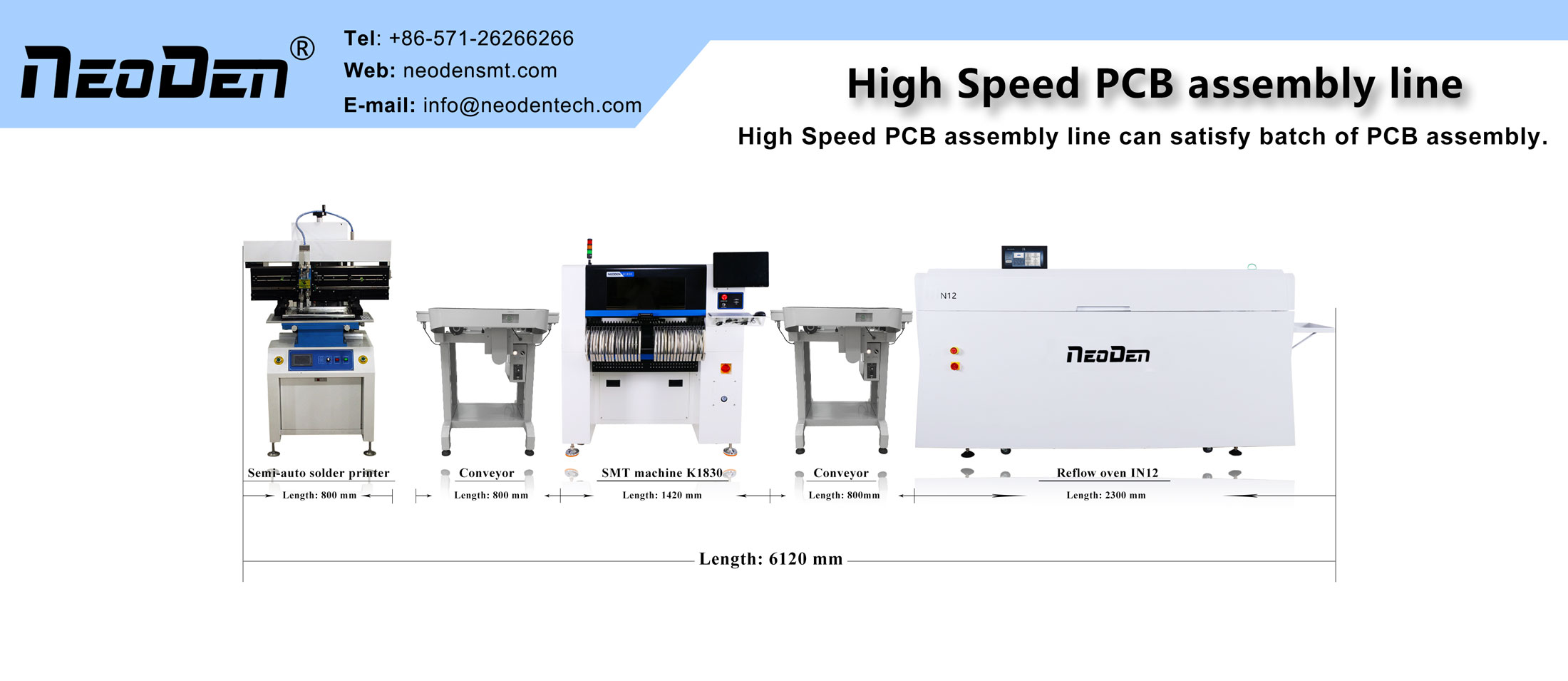Before starting a full production run, you need to make sure your PCB is up and running. After all, when a PCB fails after full production, you can’t afford costly mistakes or, worse, faults that can be detected even after you put the product on the market.
Prototyping ensures early elimination of any issues that could threaten the functionality of the final product. In fact, you can run multiple PCB prototypes to test a single function.
There are several types of PCB prototypes that can be tested in all aspects. Some of these include:
Visual models: These models were made to illustrate the physical aspects of the design.
Proof-of-concept prototypes: They are used to test the minimum feasibility of a product without showing all its capabilities. Working prototypes They have all the functionality of the final product and can be used to test its functionality.
Functional prototypes: They are very similar to the final product.
In PCBA processing, there are two ways to produce prototypes. These include:
Hand-made through-hole assembly techniques
Surface mount technology
While SMT machining (surface mount) manufacturing has many advantages, including accommodating smaller components, components placed on either side of the board, and being less affected by vibration, in the prototype phase, as you are looking for small production runs. The technique can also be used when time is limited and resources are limited. However, it is suitable for less complex designs.
Overall PCB prototyping helps build new products quickly for the following reasons:
1. It allows design changes. If the design doesn’t seem right for you, you can easily change it. Any troubleshooting is easy to do. This means you don’t have to deal with costly errors later. With a prototype, you can perform robust testing to make sure it works as you envision it.
2. It ensures quality because you can be sure to use the most efficient technology.
3. It allows new product testing and revision prior to the start of production.
4. It allows for shorter time. This is possible because it eliminates guesswork and minimizes rework.
5. It provides the ability to test components individually. This is especially important for complex projects.
Post time: Dec-02-2021

